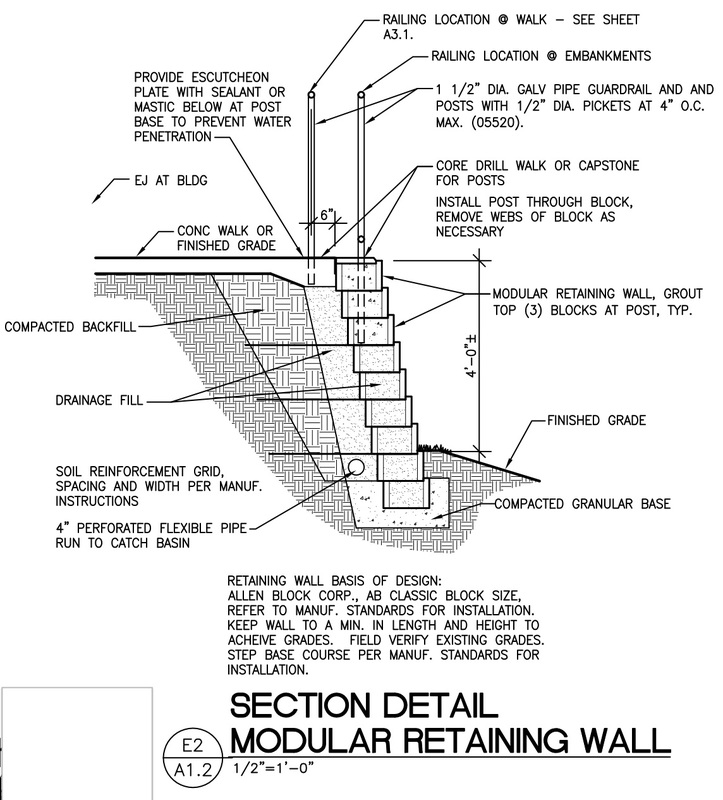

The top layer of the stone should be at least 10% wider than the base layer so that it will remain in place when enough pressure is applied to support the weight.Retaining walls are usually constructed on grade, with the top surface sloping slightly toward the base of the wall.A well-designed retaining wall can enhance the curb appeal of a property and create a polished look. These walls can be designed using various materials, textures and colours to complement the overall architectural style of the property. Retaining walls can serve as decorative elements that define the boundaries of a property while adding an aesthetic touch.

Building a decorative boundary around a property By stabilising the soil and controlling erosion, retaining walls contribute to the overall health and integrity of the landscape. These walls effectively hold back the soil, preventing it from being washed away by rainwater or runoff. One of the primary functions of retaining walls is to prevent erosion along steep slopes. This not only maximises usable space but also ensures the safety and longevity of the outdoor structure. By holding back the soil and creating level surfaces, retaining walls offer a solid foundation for constructing raised patios or decks.

When designing outdoor living spaces like patios or decks on sloped terrain, retaining walls play a crucial role in providing stability. Terraced garden beds not only add depth and texture to the landscape but also provide an opportunity for creative gardening and landscaping. These walls allow for better soil retention and prevent erosion, creating flat and usable spaces for planting a variety of vegetation. Retaining walls are often employed to transform uneven or sloped landscapes into multi-level terraced garden beds. Here are some common uses of retaining walls: Creating terraced garden beds These walls find a range of applications, offering both functional and aesthetic benefits. Retaining walls serve as versatile structures that not only enhance the visual appeal of landscapes but also provide essential structural support. But they all act the same way- to hold back soil that would otherwise erode from buildings or objects. These are all designed differently to suit their purpose. There are three types of retaining walls: vertical, sloped, and curved.


 0 kommentar(er)
0 kommentar(er)
